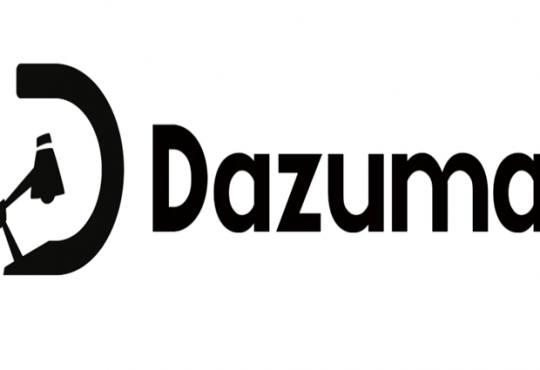
deep asian americansrose dickeyprotocol are a subset of the American community who have achieved success in business, technology, politics, and entertainment. They are a strong voice for social and economic justice.
They are a critical part of the United States’ history, culture, and economy. However, their achievements should not overshadow the challenges they continue to face.
What is the AA Rose Dickey Protocol?
The deep asian americansrose dickeyprotocol is the name of an online toolkit that helps Asian American professionals navigate their way through hostile work environments and land that big promotion. The program was created by Rose Dickey, a seasoned HR professional and a Chinese-American to boot. It has a lot to offer and is well worth a look.
Using the AA Rose Dickey Protocol correctly will help you achieve your career goals in style and in good stead. If you are looking to make the most of your career, check out the program today. It’s free to sign up for! The best part is you won’t even have to leave your couch. You can access the program from anywhere in the world with an internet connection.
What are the benefits of the AA Rose Dickey Protocol?
As an Asian American, Rose Dickey knows how difficult it can be to navigate the workplace. She created the AA Rose Dickey Protocol to help professionals like herself tackle issues like racism and microaggressions.
The AA Rose Dickey Protocol is an online toolkit that helps people overcome these challenges and become successful in their careers. It includes advice on communication, networking and overcoming discrimination.
It also includes tips on how to avoid microaggressions in the workplace. Deep can be an invaluable resource for anyone who wants to advance their career and make a positive impact on society as a whole.
The AA Rose Dickey Protocol is a set of values and also practices that promote diversity, inclusion and understanding among members of different cultures. It is designed to encourage respect and also reduce instances of anti-Asian hate crimes. Deep is also a great way to build strong relationships between people from different racial backgrounds. It is a resource that should be considered by all Asian Americans.
What are the challenges of the AA Rose Dickey Protocol?
The deep asian americansrose dickeyprotocol (DAARDP for short) is a well-crafted set of guidelines designed to bridge artistic gaps, promote diversity and also inclusivity in the workplace. It was crafted by Rose Dickey, a former HR guru with 20 years of experience in various work settings. The DAARDP has been lauded by associations across different disciplines and also has even made the cover of an industry trade magazine.
The AA Rose Dickey protocol is no doubt a worthy inclusion in any HR or human resources department. Nevertheless, implementing this program requires a significant effort and also commitment from the top down.
Ultimately, the DAARDP is only as good as the people who use it. Fortunately, there are many resources available to guide the way. A few of them include a library of downloadable templates, checklists and guides. There are also plenty of online forums where professionals can discuss issues and share best practices.
If you are a deep Asian American looking to break into the big leagues, implementing the DAARDP may just be the ticket to success.
What are the solutions to the challenges of the AA Rose Dickey Protocol?
Psychiatric disorders are significantly higher in transgender individuals than nontransgender individuals (Hendricks, Testa, & Nadal, 2014).[5,6] A major concern for many clinicians is that transgender patients may be more prone to suicidal ideation and other mental health concerns. Moreover, transgender patients may require a culturally competent provider that is familiar with their gender identity to effectively assess and provide treatment.
In addition deep asian americansrose dickeyprotocol, many clinicians are hesitant to implement EBPs due to time constraints. However, these challenges can be circumvented by incorporating modular treatments or frameworks that can increase treatment as usual while reducing the time required to complete each individual treatment element (Comtois & Borntrager, 2011).
Final Words:
Joanne compiled Stephanie’s self-report data at the beginning of Session 10. These scores showed a decline in her overall life satisfaction and emergence of morbid ideation. The data also reflected that Stephanie had retreated from behavioral activation during the previous week, but her symptom scores remained elevated. She was reassured that peaks and valleys were normal, and that long periods of high symptom scores indicated that she needed to make changes in her behavior.








